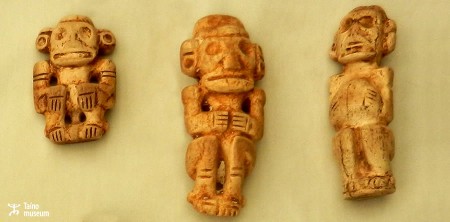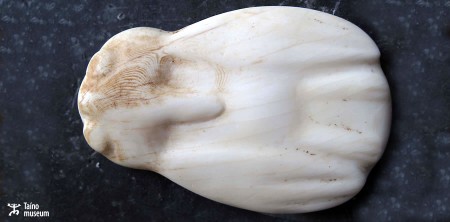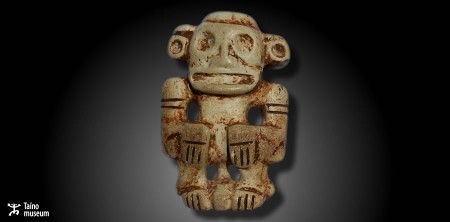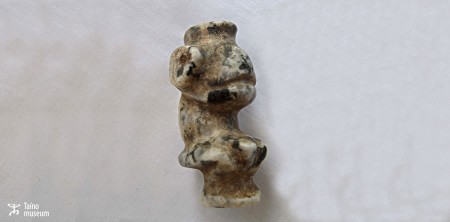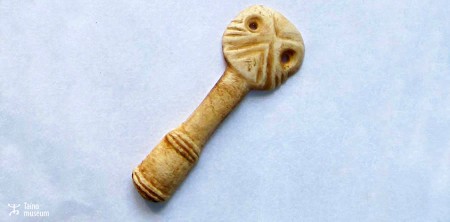Zemies represented deities and each social group could choose their own zemies. There could exist rivalries among the various zemies. Zemies were manufactured from every suitable material available and in all sizes. Here we have the ones which were used as pendants or otherwise tied to the forehead and whose function was to serve as…
Read more
Zemis collection
